Hyundai Unveils Ambitious Hydrogen Vision 2040 Plan

Hyundai wants to make the universe’s most abundant element popular for “everyone, everything and everywhere.”
It’s no surprise that the automotive industry is in the midst of massive transformation. The goal is zero emissions—or at least something close to it—and while many manufacturers are focusing on battery-electric vehicles, the Hyundai Motor Group late Monday announced it’s doubling down on hydrogen fuel cells.
At the group’s Hydrogen Wave event, Hyundai unveiled its Hydrogen Vision 2040 plan. Central to this plan is a next-generation hydrogen fuel cell, already in development with a targeted 2023 production start. The fuel cell comes in two forms: 100 and 200 kilowatts. The 100-kW unit is 30-percent smaller than the existing 95-kW item found in the current Nexo SUV. Hyundai says the 200-kW option, barely larger than that Nexo setup, is optimized for commercial vehicle use.
In addition, the 100-kW unit is stackable, allowing Hyundai to create “Power Unit Modules” up to 1MW. The company has worked to shorten the fuel cell height to just 10 inches (25 cm), making it a better fit for the floors or ceilings of buses and trams.
SEE ALSO: 2022 Kia Stinger GT Review: Life in the Touring LaneMore important than that, Hyundai is targeting a big jump in the lifetime of its FCEV setup. The current-gen fuel cell is good for around 100,000 miles (160,000 km) of usage; this third-gen could hit 300,000 miles (500,000 km). Hyundai also predicts a 50-percent drop in cost, which should put FCEVs on par with BEVs by 2030.
How will Hyundai accomplish that? Scale. Instead of targeting light-duty vehicles, the group is focusing much of this Hydrogen Wave on commercial vehicles. By 2028, every new model introduction from HMG will be electrified. To that end, Hyundai showcased a variety of concepts highlighting its FCEV tech. The H Moving Station is a mobile hydrogen refueling platform, opening up hydrogen access in remote areas. The Rescue Hydrogen Generator Vehicle offers a similar service, but with charging capability for electric vehicles.
On a larger scale, Hyundai also showed off what it calls the Trailer Drone concept. Essentially a hydrogen-powered, autonomous trailer, the Trailer Drone pairs a full-size semi trailer—equipped with some of the sensors necessary for autonomous driving—with a duo of what Hyundai calls the e-Fuel Cell Bogie. These squat little four-wheel platforms runs the FCEV powertrain, and when working in concert, allow the Trailer Drone to maneuver in a way a regular semi simply can’t. The e-Bogies have four-wheel independent steering, meaning they can crab-walk around tight roundabounts. Neat.
More tailored to AutoGuide interests is the Vision FK concept. This uses the hydrogen fuel cell technology too—but also includes a plug-in electric component. The roughly Kia Stinger-sized concept boasts some impressive stats: 670 total horsepower, a 60-mph dash (97-km/h) under four seconds, and a range of roughly 372 miles (600 km). If the Stinger gets a second generation, a mid-engined, two-door, plug-in hydrogen fuel cell would be a pretty dramatic reimagining, right?
Hyundai has an advantage that not many other automakers do: it has a strong presence in the commercial vehicle sector, allowing it to leverage this hydrogen plan there before adapting it for consumer vehicles. We’ll see how it goes, when the third-gen FCEV powertrain starts showing up in 2023.
Become an AutoGuide insider. Get the latest from the automotive world first by subscribing to our newsletter here.

Kyle began his automotive obsession before he even started school, courtesy of a remote control Porsche and various LEGO sets. He later studied advertising and graphic design at Humber College, which led him to writing about cars (both real and digital). He is now a proud member of the Automobile Journalists Association of Canada (AJAC), where he was the Journalist of the Year runner-up for 2021.
More by Kyle Patrick




















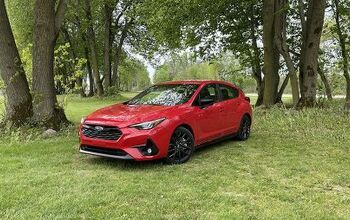

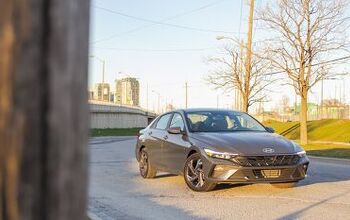
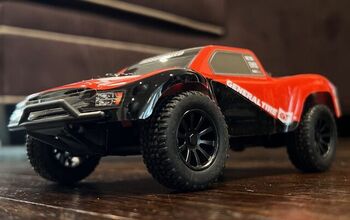

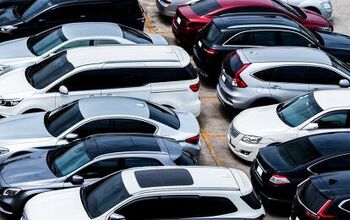



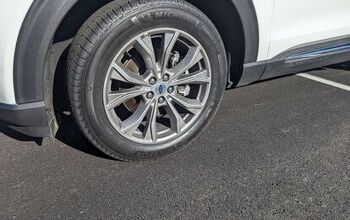

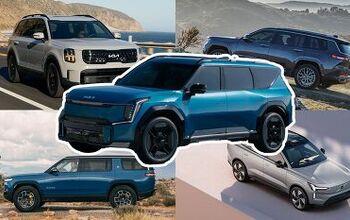

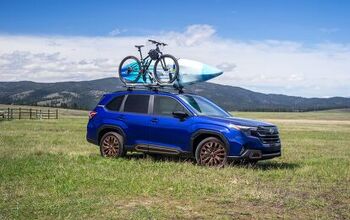

Comments
Join the conversation